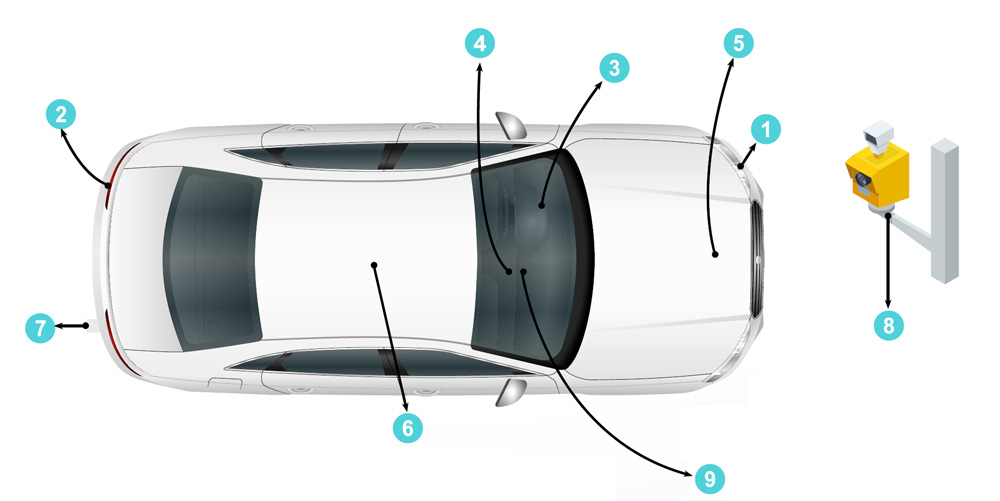General and Special Lighting Measurements
Lighting covers a diversity of applications from general purpose illumination to special uses within the automotive and aviation industries as well as horticulture and many other niche areas. Gigahertz Optik GmbH produces an extensive range of light measuring instruments for both LED and traditional lighting technologies. Some typical application examples using Gigahertz-Optik GmbH products follow.
+49 (0) 8193 93700-0
Measurement of Solid-State Lighting for Indoor Work Places
LED technologies, collectively referred to as solid-state lighting (SSL), have revolutionised the field of general lighting creating exciting possibilities, but also bringing measurement challenges for manufacturers and installers alike. The development and manufacture of LED devices, LED lamps, and LED luminaires all require extensive testing and qualification. For this purpose, high-quality light measurement systems for spectral characterization are used, which provide precise measurement data. However, the planning and verification of SSL schemes also benefit from spectral and color measurement capabilities not offered by the lux meter products traditionally used for such purposes.
The European standard, EN 12464-1, defines lighting requirements for indoor work areas.
Measurement of LED Grow Lights used in Horticulture
LED lighting offers horticulturalists many potential benefits such as increased crop yields, improved product quality, and control of particular plant characteristics as well as the normal solid-state lighting benefits of reduced energy and maintenance costs. LED lighting can supplement natural sunlight within greenhouses to extend fruit, vegetable and flower growing seasons, particularly during the shorter days of winter.
LEDs allow control of the amount and spectral composition of light which can be used to govern a plant’s growth rate, shape and flowering. LEDs can also be positioned much closer to foliage than traditional lighting technologies, such as high pressure sodium lamps, as they do not radiate heat.
Light Measurement Requirements for Human Centric Lighting
Contemporary scientific research has shown that in addition to the cones and rods that provide us with color and night-time vision respectively, our retinas also have non-image forming photoreceptors, called intrinsically photosensitive retinal ganglion cells (ipRGCs), which play a major role in entraining our circadian rhythms. Of particular interest is the spectral responsivity of ipRGCs which contain a photopigment called melanopsin. Whereas our cones and rods have spectral responsivities defined by the V(λ) and V’(λ) functions for photopic and scotopic vision, ipRGCs have their own ‘melanopic’ spectral responsivity with peak sensitivity in the blue spectral region, around 480nm.
Flicker Measurements of SSL Products and Installations
In the past, the introduction of electronic ballasts for fluorescent lamps largely eliminated concerns over light flicker caused by lamps and luminaires themselves. However, the widespread introduction of solid-state lighting (SSL) has, once again, made light flicker a topic of particular interest. This results from the fact that the LED light follows very quickly and proportionally the current that flows through the LED.
Measurement Solutions in Automotive Applications
In the automotive industry a variety of light sources, sensors or cameras need to be measured, tested or calibrated. in addition, the transmission of windows or other material properties need to be qualified. We offer a variety of such measurement solutions.




